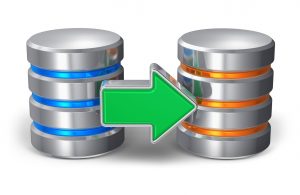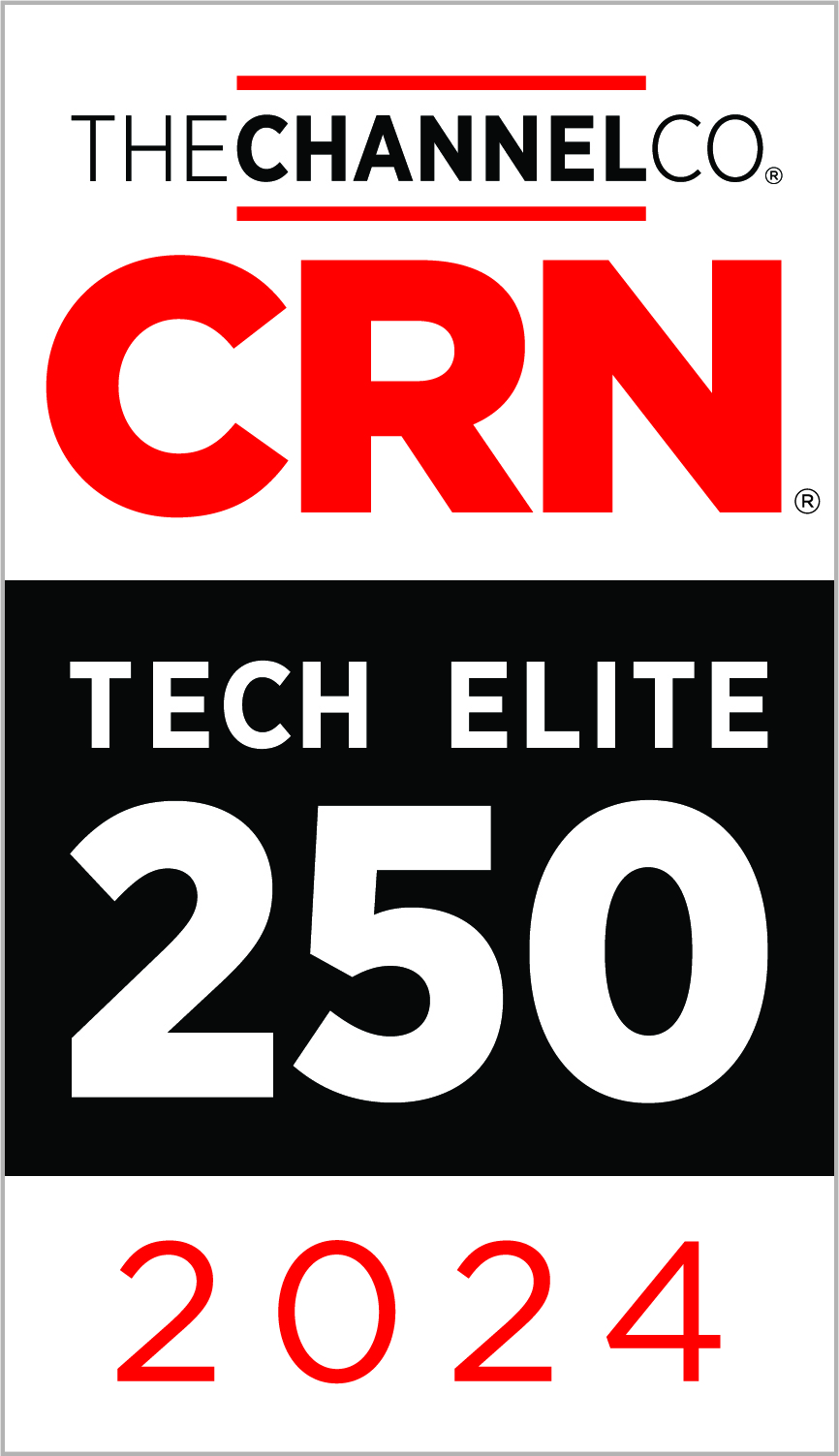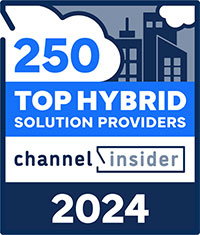Have you heard about Zerto? More importantly, are you using Zerto?
Zerto is taking the IT world by storm, providing a simple, yet fully functional, replication and data protection Disaster Recovery (DR) solution.
What makes Zerto so unique is its simplicity.
Zerto Virtual Replication 4.5 was recently released, and this blog provides a description of some of the additional functionality provided in 4.5. (If you would like to learn more about Zerto aside from the newest features released in 4.5, please reach out to Zunesis.)
Zerto Virtual Replication 4.5 builds upon their always-on replication, with no snapshots, replication and orchestration capabilities by adding granular recovery. Now, a single file or folder can be recovered from the journal, improving the average time to recovery for files, folders, VMs, applications, and sites.

Many other improvements were made to simplify disaster recovery operations, further reducing ongoing management and maintenance, and to automate more DR operations to ensure consistency and repeatability.
File and Folder Recovery from the Journal – What is the most common disaster that administrators must recover? It isn’t natural disasters or site outages; it is actually lost or accidently deleted files or folders. In release 4.5, Zerto solves this most frequent disaster problem by adding the ability to recover a single file or folder from up to 14 days in the past, from increments in seconds from the journal with just a few mouse clicks. With other solutions, the file is pulled from nightly infrequent backups, which could result in data loss and missed user expectations.
Improved Role-Based Access Control – The security of your business continuity and disaster recovery plan is of the utmost importance. It is imperative that those who are making changes or updates fully understand the impact of these changes in the event that recovery is needed. In addition to the already robust permissions available from Zerto Virtual Replication, these have been added.
View Only – The ability to log into Zerto Virtual Replication and view the settings and configurations of the BC/DR processes. This permission level does not allow for changes to be made.
Manage Workload Protection – The ability to modify virtual protection group (VPG) settings and update BC/DR plans and processes.
Recover and Migrate Workloads – The ability to actually execute the BC/DR or migration plan. Workloads will move according to the execution plan.

With 4.5, Zerto introduced new APIs to further automate VPG creation, protecting VMs and simplifying BC/DR operations:
- Simplify management with the ability to upgrade, install, uninstall, and configure Zerto Virtual Replication Appliances
- Effectively monitor alerts with all the active alerts provided with the ability to dismiss/retain alerts
- Fully automate the creation and editing of VPGs including VMs, networks, volumes, and NIC configuration to reduce install and ongoing maintenance
- Respond to changing business requirements with the ability to add and remove VMs from or to a VPG
- Increase storage efficiency with compression on the journal
- Extend the history of an application with less storage used.
In summary, Zerto Virtual Replication 4.5 ensures the continuous protection of applications, VMs, folders, and files. This increased granularity gives organizations unprecedented control over recovery operations. New APIs and role-based controls ensure the right commands are accessed and executed, further increasing control of critical IT operations.
To learn more about Zerto or to see a technical demonstration, please contact Zunesis at info@zunesis.com.
I’m sure there will be no surprised reaction when I state that we live in a data driven world. For proof you have to look no further than the people around you as you go throughout your day. Unless you’re hiking through the desert, you’re going to see many people with their heads down, looking at their smartphones as the read and send emails, texts, and tweets. From this same smartphone they will search for information, store notes, review documents, and the list goes on and on (what can’t a smartphone do these day?!)
Here’s the thing about this: All of the information they are creating and accessing is stored somewhere. It is this unabated demand for immediate and reliable data access that has created an unprecedented evolution in Storage technology. And it is the technology industry’s response (an explosion of Storage options) that makes the task of choosing your next Storage Array so difficult.

As businesses look to refresh their storage technology today, they are met with a dizzying menu of features including thin provisioning, deduplication, compression, iSCSI, File, Fibre Channel, All Flash, Hybrid, Tiering, etc.
Of course, the question is which of these features will be relevant for any given environment. The final answers will, of course, vary by environment. However, even after you’ve assessed your needs and ranked your requirements, you will still be faced with an increasingly crowded field of solution options from both established manufacturers and those who are new to the industry.
In my view, if you aren’t including HPE 3PAR StoreServ in your short-list, you may want to reconsider. Not only is HPE an established manufacturer, the 3PAR StoreServ is a mature array family and will match all the features/functionality of its competitors.
What’s more, the family of arrays included in the StoreServ solutions include options that will fit price/performance for Entry level, Midrange, and Enterprise arrays – all of these with the same features and functionalities. Furthermore, you’ll find both All Flash and Hybrid models to suit your requirements.
Here are just a few of the features and functionality you’ll find in the HPE 3PAR StoreServ family:
- Thin Provisioning – Up to 50% reduction in your storage footprint if you are fully provisioned today.
- Dynamic Optimization – The ability to migrate entire volumes to different tiers or RAID levels non-disruptively.
- Adaptive Optimization – The ability to migrate volumes at the sub-volume level based on policies you choose. This too is done non-disruptively.
- Deduplication – The ability to eliminate duplicate blocks and reduce storage footprint, in addition to what Thin Provisioning provides.
- Federation – The ability to migrate volumes/workloads across arrays non-disruptively.
- Priority Optimization – The ability to prioritize IOPS, Throughput, and Latency on a per volume basis.
- Data Encryption – Encryption of data-at-rest.
- File Persona – Serve data via CIFS and NFS directly from the array.
- Fibre Channel and iSCSI
- Detailed Reporting
- Application Integration – For Vmware, Hyper-V, SQL, Exchange, and Oracle.
 And, if you want some validation of how well the 3PAR Family stacks up against its competition, you may want to look at the publications from DCIG, Storage Magazine, Gartner, and TechTarget. Links to these publications and more detailed information about the HPE 3PAR StoreServ can be found at www.hpe.com/us/en/storage/3par.html.
And, if you want some validation of how well the 3PAR Family stacks up against its competition, you may want to look at the publications from DCIG, Storage Magazine, Gartner, and TechTarget. Links to these publications and more detailed information about the HPE 3PAR StoreServ can be found at www.hpe.com/us/en/storage/3par.html.
And, of course, Zunesis is ready to help you understand the benefits of 3PAR for your environment. In fact, if you’d like to spend some time on a 3PAR array, we have three HPE 3PAR StoreServ arrays in our Lab and would love to host you for a POC in our Englewood, CO facility. Please contact us if you are interested in taking a closer look at this technology.




